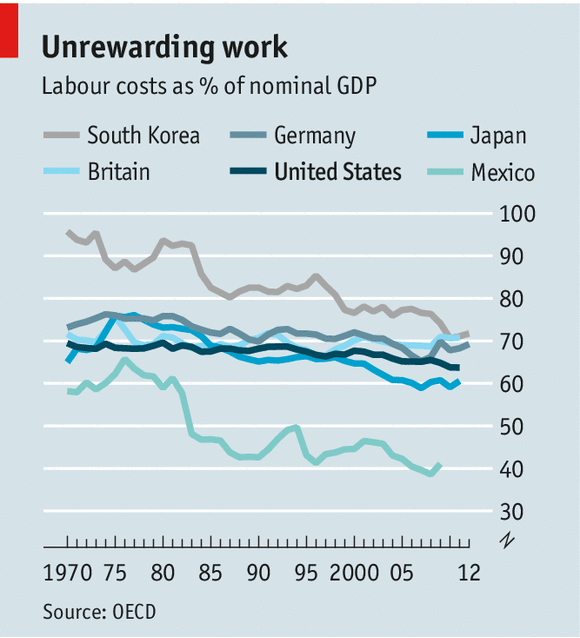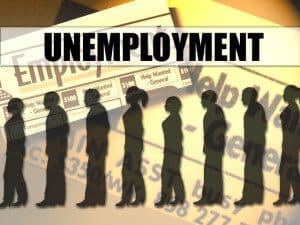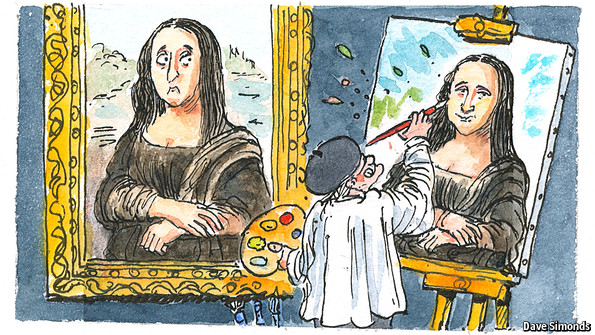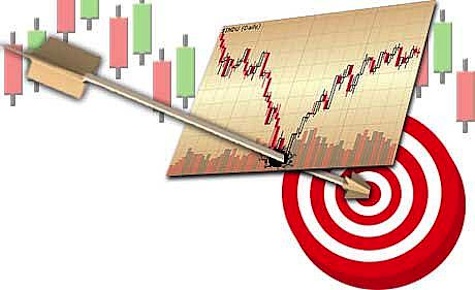The Boeing Airbus rivalry is as close to a modern day large duopoly as you are likely to get.
$$$$$$$$$$$$$$$$$$$$$$$$$$$$$$$$$$$$$$$$$$$$$$$$$$$$$$$$$$$$$$$$$$$$$$$$$$$$$$$$$$$
By: Michel Merluzeau, Managing Partner, G2 Solutions
CNBC.com | Sunday, 17 Nov 2013 | 4:53 AM ET
The accelerating global commercial
aerospace market can find no better spokesperson than Dubai, Qatar and
Abu Dhabi. Over the past twenty years, a visionary public policy has
transformed the United Arab Emirates (UAE) into a distantly comparable
twenty-first century Florence when it comes to investment in
opportunities and talent.
This year will perhaps witness the apotheosis of the dominant role played by the gulf airlines with the much anticipated launch of the Boeing 777X aircraft. While there is little doubt that both versions of the aircraft will be launched at the show, some uncertainty remains as to the identity of the launch customers. While Lufthansa has announced its intention to move forward with the acquisition of 777-9s, it's all eyes on four airlines at the show: Emirates, Etihad, Qatar and perhaps also Turkish.
(Read more: Boeing in advanced talks to build 777X in Seattle area: Source)
Emirates President Tim Clark has made it very clear that if Boeing builds the aircraft he needs he would buy significant numbers. The question is, will Emirates actually buy, and what happens if they don't?
There is no doubt that 777X looks like a winner on paper: it builds on lessons learned from the 787 program and offers superb economic performance, generally estimated at 20 percent savings over the current 777 family.
The decision Boeing faces is not so directly connected to the aircraft itself as to whom you build it for? In short, hedge your bets. How the aircraft shapes up will tell us a lot about where Boeing believes growth will come from and who it believes will drive its production over the next twenty years.
(Read more: 'No comment' from Emirates on $30 billion Boeing deal)
If Emirates, Qatar, and Etihad all jump on the bandwagon, then the launch, albeit a little later than expected, should be a resounding success for Boeing and cap a year of challenges and successes for the enterprise. If Emirates does not order in substantial numbers it will be a disappointment, and clearly a sign that Boeing was unable to convince a critically important long-haul airline to sign on the dotted line.
What of the market potential for 777X? Our forecast suggests around 1,000 units as a realistic target. However, will air traffic growth and capacity constraints drive the market towards the A380, or will the 777X size and scalability win the day? A bit of both. After all, this is not a monolithic market in terms of infrastructure, routes and demographics, but we believe that the A380 will do much better than the doomsayers suggest and that the 777X strength will reside in its operational flexibility.
Airbus will be watching and argue, correctly, that its A350 is on target and that there are too many questions as to whether the 777X will be ready by 2020. Thus, Toulouse might have a strong argument that an A350 will come a few years ahead and make an impact in time for airline 777 replacement schedules. Hard to disagree with them on this one.
This year will perhaps witness the apotheosis of the dominant role played by the gulf airlines with the much anticipated launch of the Boeing 777X aircraft. While there is little doubt that both versions of the aircraft will be launched at the show, some uncertainty remains as to the identity of the launch customers. While Lufthansa has announced its intention to move forward with the acquisition of 777-9s, it's all eyes on four airlines at the show: Emirates, Etihad, Qatar and perhaps also Turkish.
(Read more: Boeing in advanced talks to build 777X in Seattle area: Source)
Emirates President Tim Clark has made it very clear that if Boeing builds the aircraft he needs he would buy significant numbers. The question is, will Emirates actually buy, and what happens if they don't?
There is no doubt that 777X looks like a winner on paper: it builds on lessons learned from the 787 program and offers superb economic performance, generally estimated at 20 percent savings over the current 777 family.
The decision Boeing faces is not so directly connected to the aircraft itself as to whom you build it for? In short, hedge your bets. How the aircraft shapes up will tell us a lot about where Boeing believes growth will come from and who it believes will drive its production over the next twenty years.
(Read more: 'No comment' from Emirates on $30 billion Boeing deal)
If Emirates, Qatar, and Etihad all jump on the bandwagon, then the launch, albeit a little later than expected, should be a resounding success for Boeing and cap a year of challenges and successes for the enterprise. If Emirates does not order in substantial numbers it will be a disappointment, and clearly a sign that Boeing was unable to convince a critically important long-haul airline to sign on the dotted line.
What of the market potential for 777X? Our forecast suggests around 1,000 units as a realistic target. However, will air traffic growth and capacity constraints drive the market towards the A380, or will the 777X size and scalability win the day? A bit of both. After all, this is not a monolithic market in terms of infrastructure, routes and demographics, but we believe that the A380 will do much better than the doomsayers suggest and that the 777X strength will reside in its operational flexibility.
Airbus will be watching and argue, correctly, that its A350 is on target and that there are too many questions as to whether the 777X will be ready by 2020. Thus, Toulouse might have a strong argument that an A350 will come a few years ahead and make an impact in time for airline 777 replacement schedules. Hard to disagree with them on this one.
© 2013 CNBC.com
















